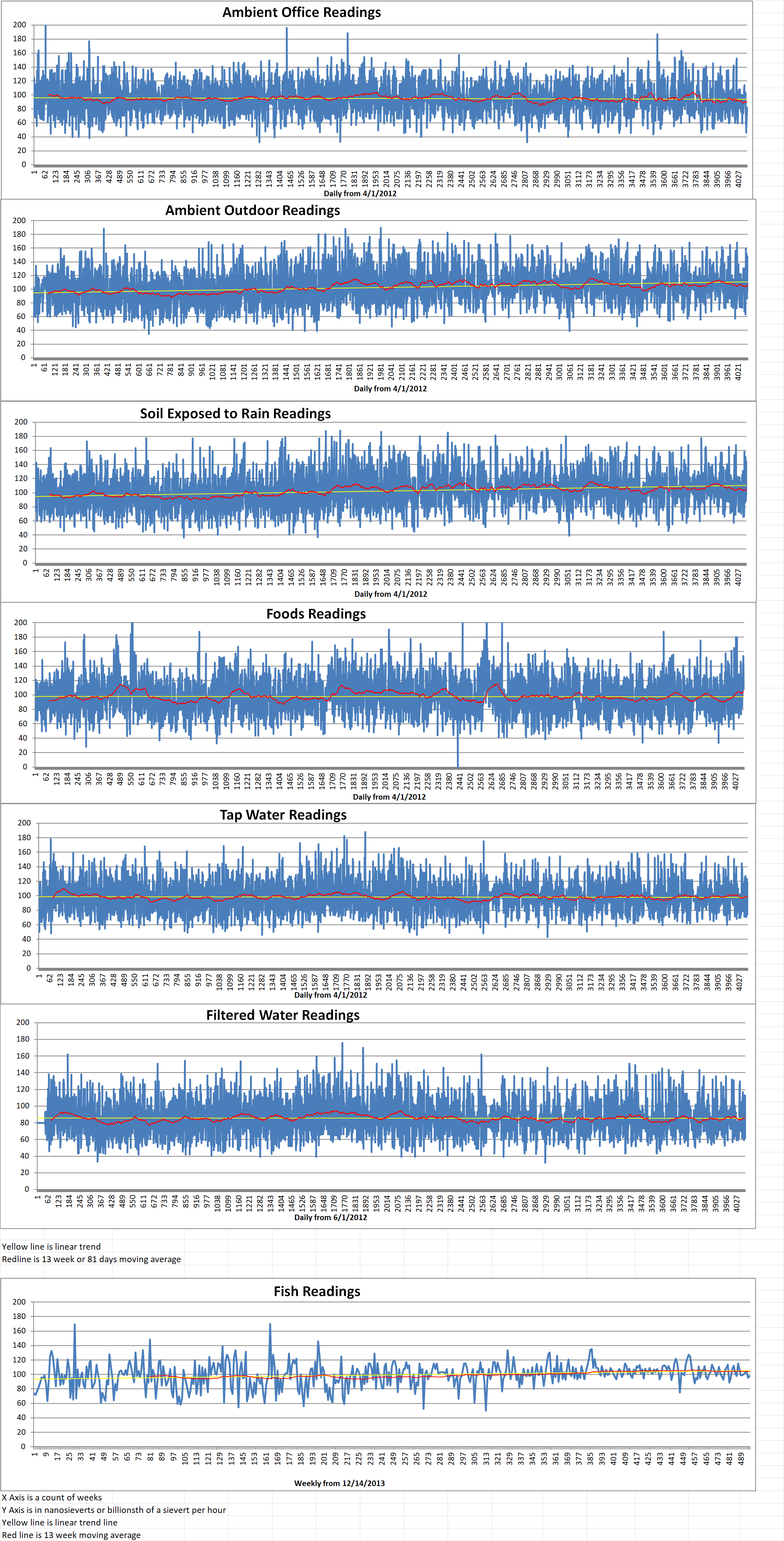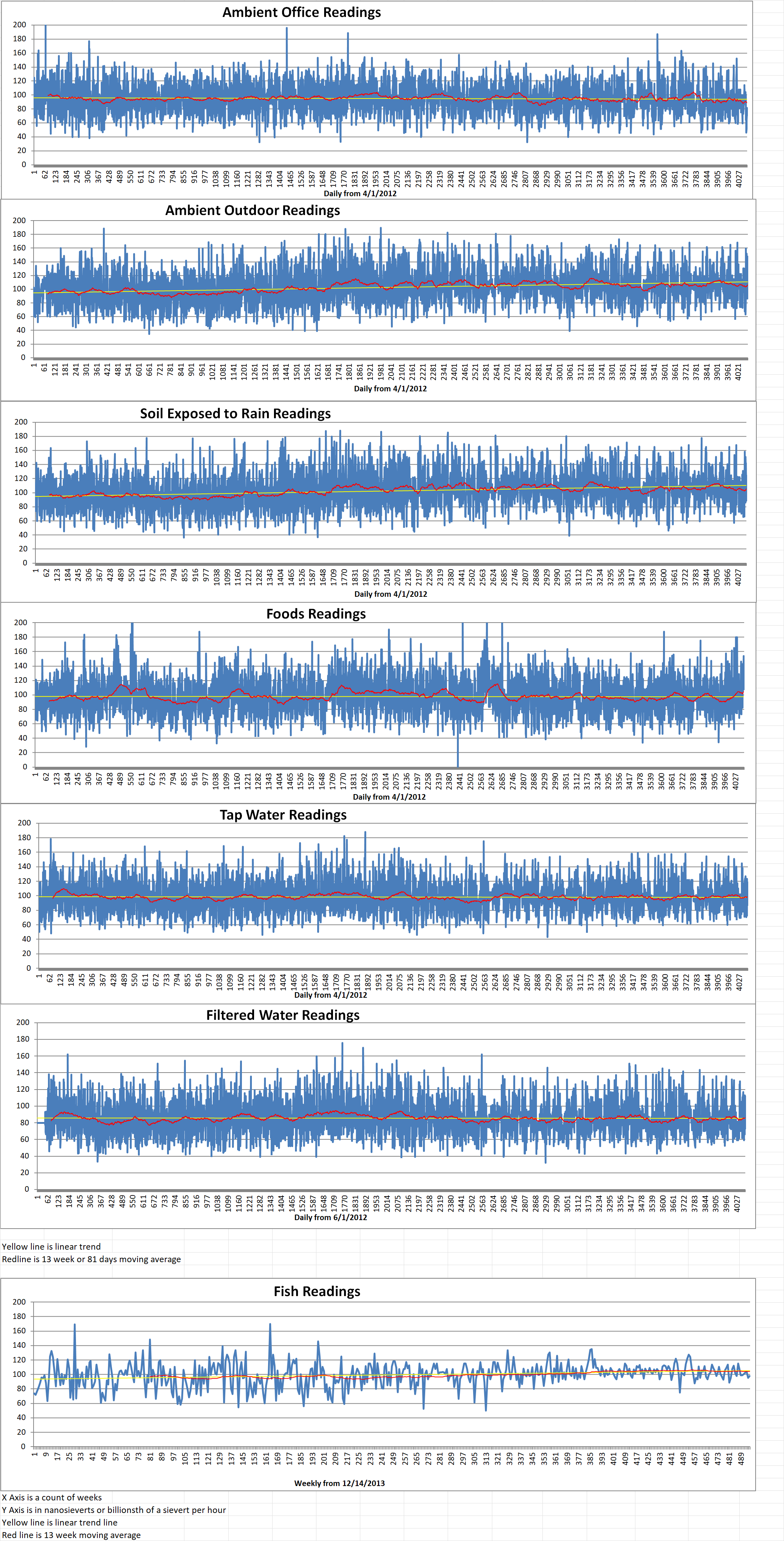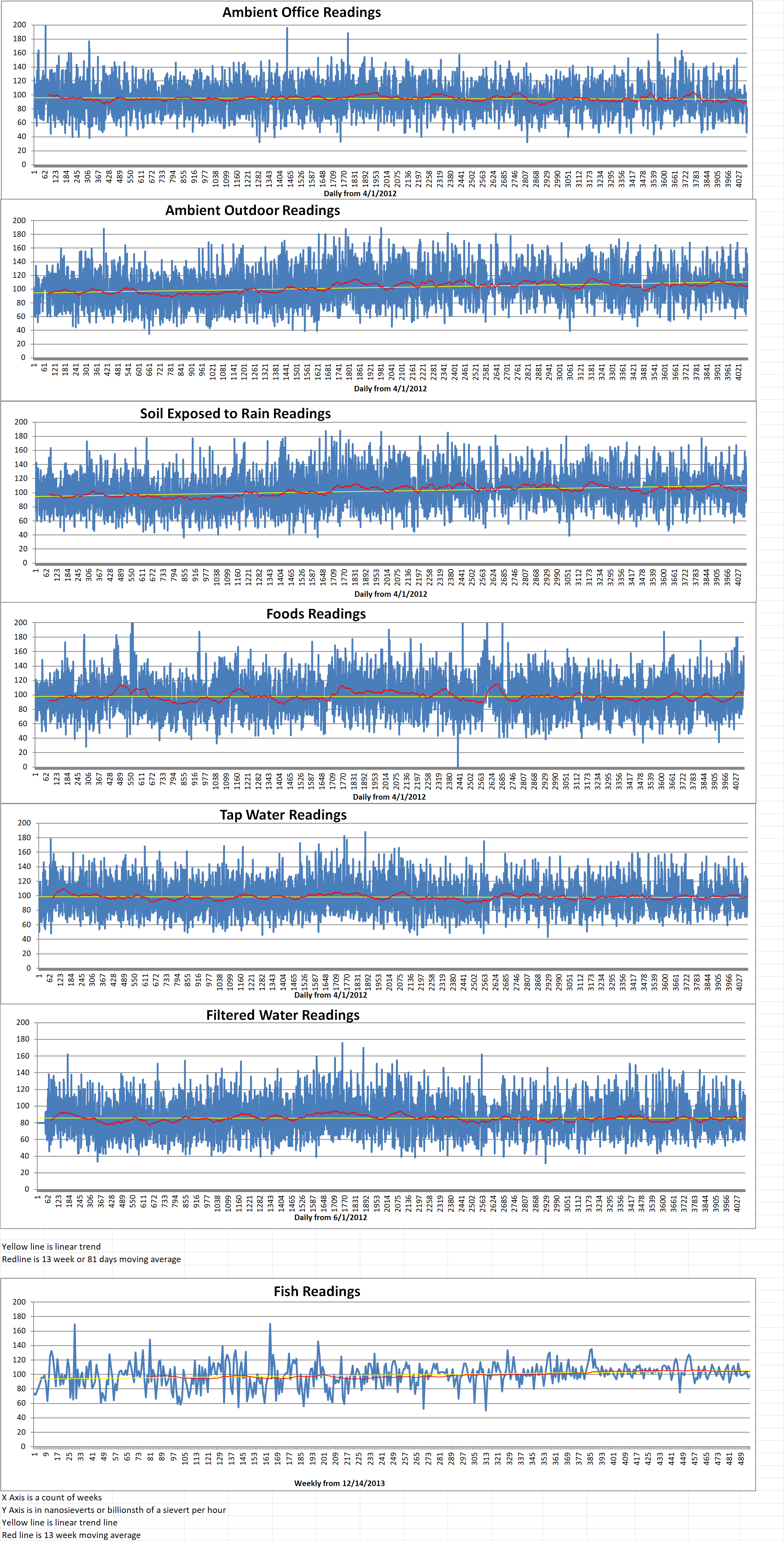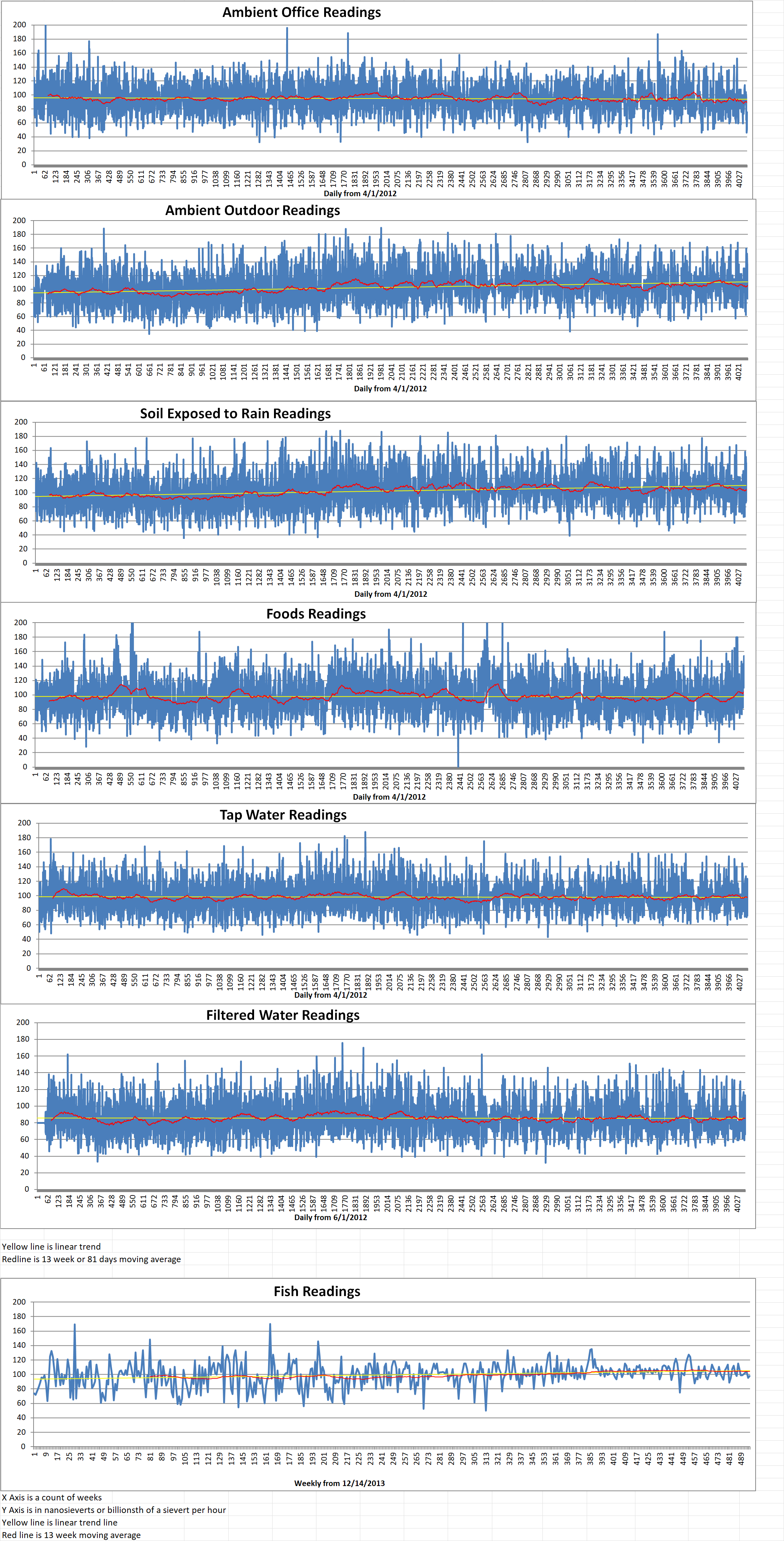Ontario Power Generation (OPG) subsidiary Laurentis Energy Partners (LEP) and Saskatchewan utility SaskPower have just announced details of their Master Services Agreement. The agreement is for collaboration to advance the deployment of small modular reactors (SMRs) in Saskatchewan.
The LEP-SaskPower agreement will run for up to five years. It will serve as a foundation for a long-term strategic partnership to streamline SMR development in Saskatchewan. The agreement will see LEP focus on program management, licensing, and operational readiness activities. LEP has offices in New Brunswick and Saskatchewan as well as Ontario.
The new agreement is the latest activity in the ongoing collaboration between Ontario Power Generation and SaskPower. In 2022, SaskPower selected GE Hitachi Nuclear Energy’s BWRX-300 SMR for potential deployment in Saskatchewan in the mid-2030s. This is the same technology that OPG has already selected for deployment at its Darlington New Nuclear Project. The first of four SMRs is to be completed by the end of 2028. It is scheduled to be online by the end of 2029.
Earlier this year, SaskPower and OPG renewed an agreement to continue to collaborate on new nuclear development, including SMRs, in both provinces. They will provide mutual support by sharing lessons learned, technical resources and expertise, best practices, and operating experience. They will also consider opportunities for future collaboration in areas including project development and plant operations.
Ken Hartwick is the President and CEO of OPG. He said that the company’s long experience in building, operating and maintaining nuclear power plants will assist Saskatchewan in adding nuclear power to its own generation mix. He also said, “Through these agreements, we are using a fleet-style approach, which will increase efficiency and decrease costs as we deploy much-needed new nuclear generation in both provinces.”
Rupen Pandya is the President and CEO of SaskPower. He said that OPG and LEP’s decades of combined experience with be very valuable for SaskPower’s SMR project. He went on to say, “SaskPower’s clean energy transition is part of a global transformation to a sustainable future – and the best path forward on this journey is through collaboration.”
Last year, Ontario, Saskatchewan, New Brunswick and Alberta released a joint strategic plan for the deployment of SMRs. The BWRX-300 is being advanced for deployment in other countries including Estonia, Polan and the Czech Republic.
Todd Smith is the Minister of Energy for Ontario. He said that the world is watching Ontario as it works to deploy the world’s first grid-scale SMR. He added that “Ontario is ready to support partners across Canada – like Saskatchewan – and around the world, leveraging the expertise of our world-class nuclear operators and supply chain to support their deployment of small modular reactors as a clean and reliable source of electricity.”
SaskPower is working to identify possible sites for the deployment of SMRs in the mid-2030s. This will be subject to a decision to build that is expected in 2029. Dustin Ducan is the Saskatchewan Minister Responsible for SaskPower. He said that the strategic partnership between SaskPower, OPG and Laurentis is an excellent example of ongoing collaboration between the two provinces across many sectors and industries. He added that “Today’s agreement is not only good for Saskatchewan and Ontario, but will protect sustainable energy security in Canada for decades to come.”






